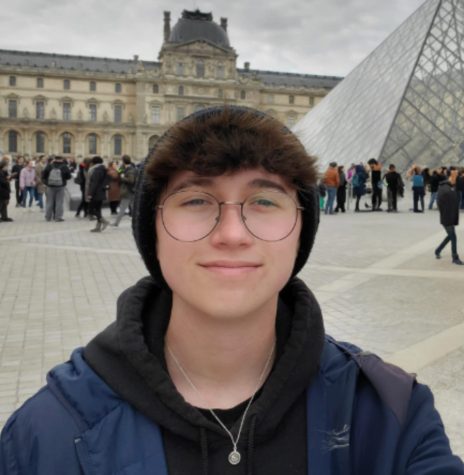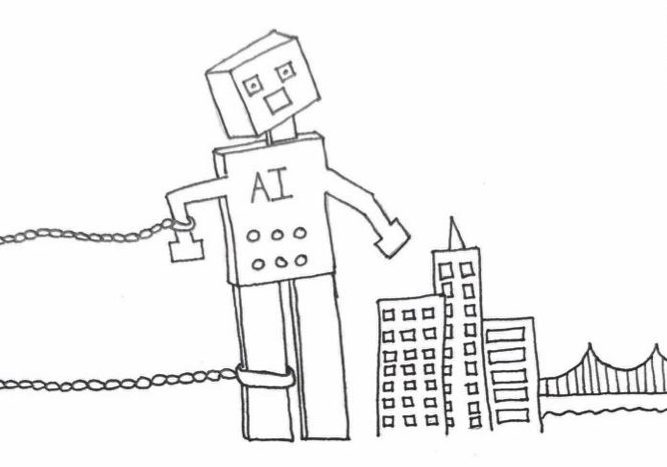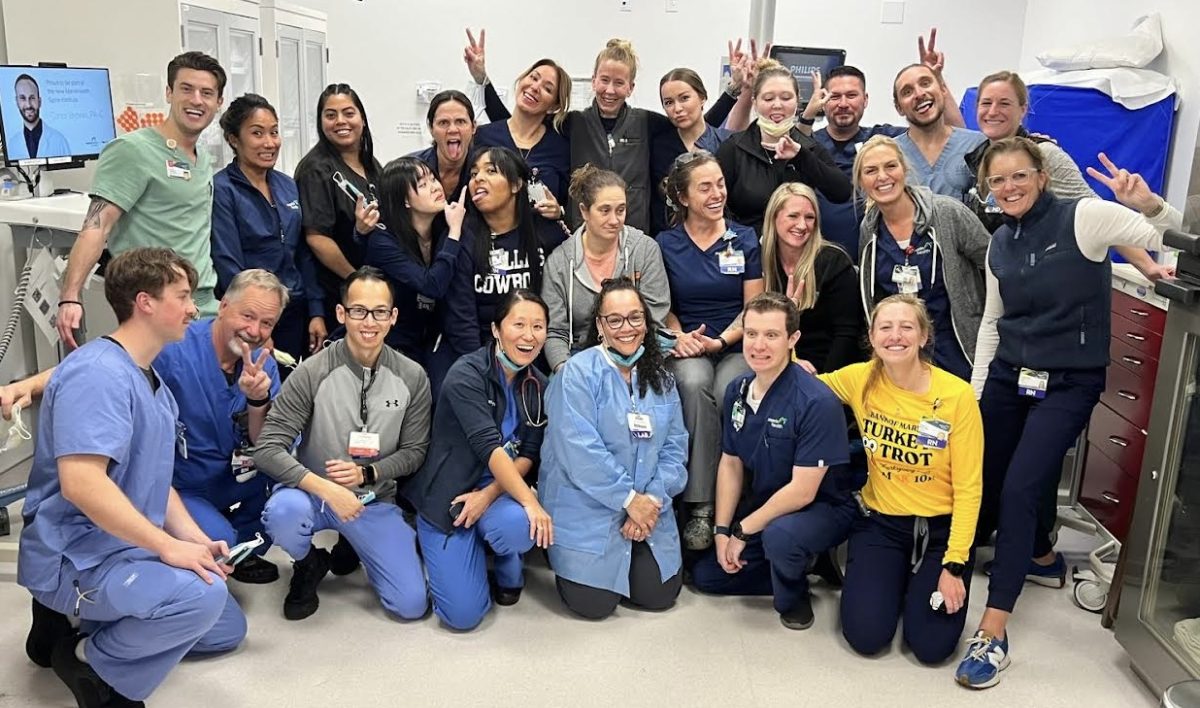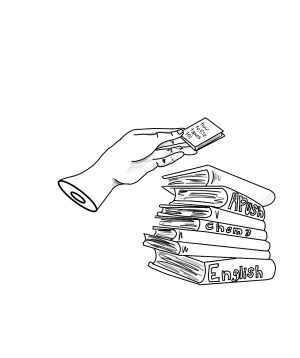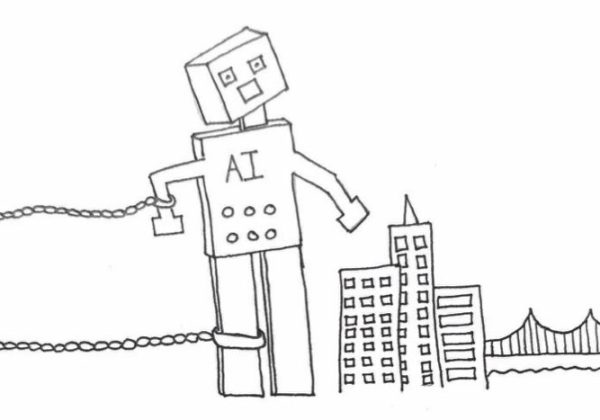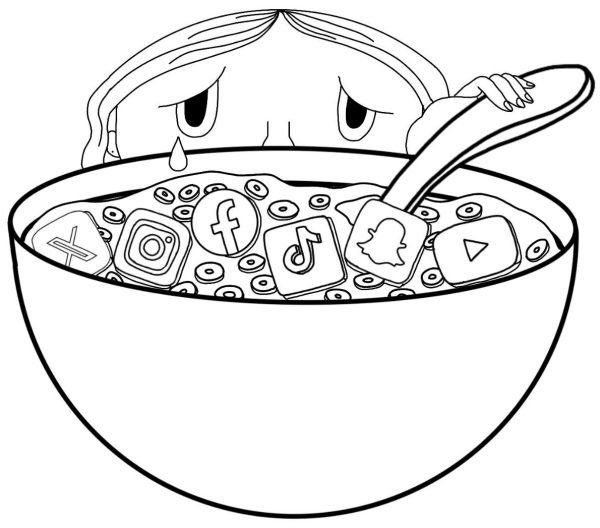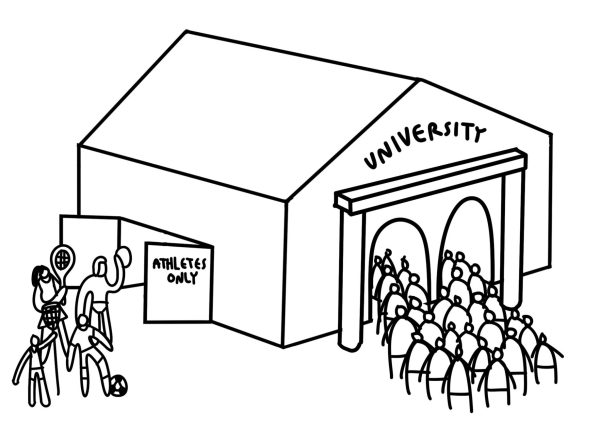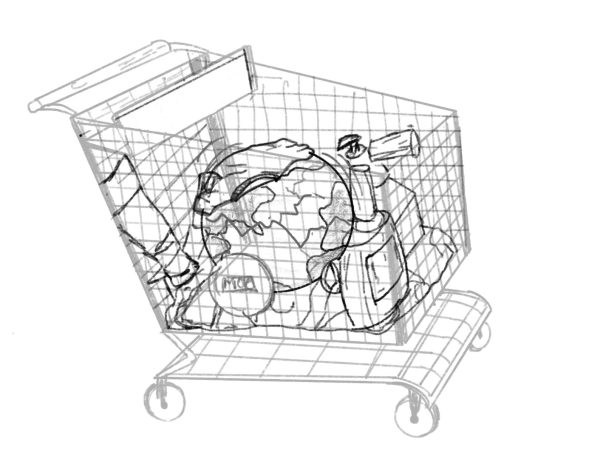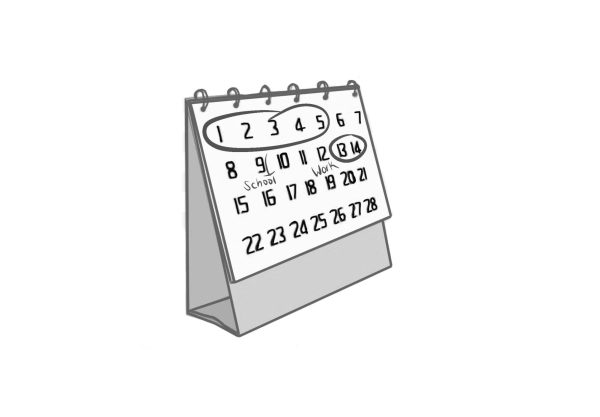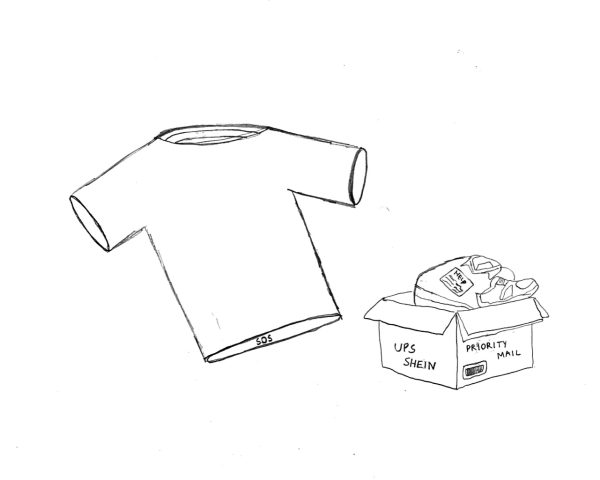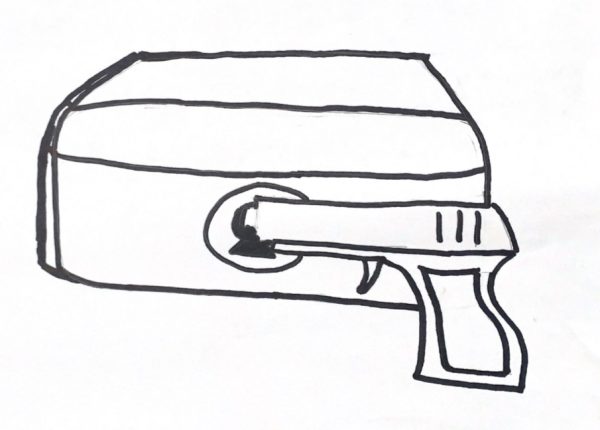AI art is here to stay: Now what?
March 14, 2023
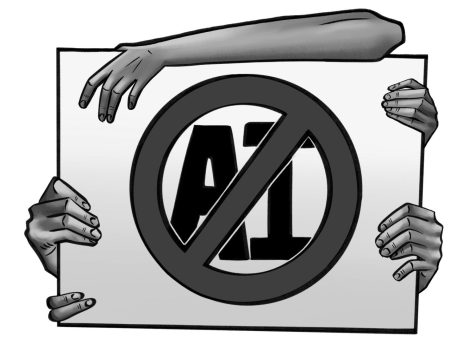
DALL-E 2 went public on Sept. 28 2022, and since then you’ve likely already seen thousands of depictions of warped anime-style women created by such artificial intelligence (AI) image generation softwares. An estimated 1.5 million people have used the software to generate an average of two million images a day. Far-off dream scapes, deformed depictions of celebrities and anything in between can be achieved. The all-embracing possibilities are compelling to most but deeply concerning to others, especially as AI art continues to percolate through various facets of the art industry.
With the rise of “corporate” art styles, the creative industry’s applications in business have been in an arguable state of disrepair for the past decade. Characterized by exaggerated anatomy with simplified shapes and flat, but unrealistic colors, the style represents a now-familiar standardization of art that is used and valued across industries. AI image generation, however, serves as an industry foil of sorts to this trend.
Although the details vary slightly across platforms, these generative softwares all operate in the same way: a person writes out a prompt for the bot and those keywords lead the bot to comb through its data set and produce a new image from that information. The inherently customizable nature of images produced in this way does provide a subversive data point against industry standardization of creative imagery, but its own moral and practical dilemmas outweigh the value it could contribute to the industry.
One problem with current AI bots is the nonconsensual usage of artists’ works to train the AI system. In order for the neural network to be able to identify and reproduce depictions of objects, individuals or art styles, it has to first process millions of images as source material. Any artwork posted on public platforms, such as DeviantArt or Pinterest, are in the domain of use to train AI even without any licensing necessary. Adobe, a widely used software company that runs programs like Photoshop and Illustrator, even has an automatically opted-in setting called “Content Analysis” that allows the users’ works to be used in the machine learning process.
A similar issue arises with the usage of dead artists’ works, with one such example being the late Kim Jung Ji. After his passing late last year, hundreds of people used AI to recreate his pieces in a way that desecrated the value of his highly detail-oriented and lively art style. Perhaps AI art’s biggest struggle lies in its detail work, with its misshapen hand anatomy serving as an example of one way that AI works can be clearly differentiated from human ones. Anatomical errors such as those can be found littered throughout the reproductions of Jung Ji’s work. The replication of a specific artist’s style that is possible with these softwares is a newer development, but one that has already spread far across the internet. Hundreds of artists sharing their works on Twitter or other platforms have had their replies flooded with copies made regardless of their lack of consent or even worse, against their clear and repeated wishes against it.
Many “prompt writers” have become defensive after widespread controversy arose, defending the effort it takes to string together terms that serve as the bot’s prompt. Some have even gone as far as creating the art form “Synthography” which is defined as “creating and editing images synthetically.” The problem with this term is it gives all glory to the human, implying they do the synthesis and ignoring the algorithmic and mechanical influences that are present.
A disagreement stems from the earlier question of whether AI-born images can be classified as art, only this time it’s whether the prompt writers can be classified as artists. As a digital artist, I’ve heard many similar arguments that the painting softwares we use discount the final products as true art. While I’ll admit, digitalization comes with a number of work-facilitating features, AI works compared to man-made cannot cross the line between human and technological efforts to be considered true art. With just digital art, no single line, block of color, or patch of shading will exist on the canvas without a conscious human decision — and that makes all the difference.
In a similar rebellion against creative technological progress, many people criticized the art of photography upon its popularization as an impure form of art compared to painting realism. This argument has been co-opted by prompters, who argue that the widespread outrage they’ve faced is comparable to the rebellion against the advancement of the camera. This, however, ignores the central aspect of the way AI image generation operates. Generative images have to be a pastiche: they cannot exist without exact pixel-by-pixel analysis and conversion of previously made and stolen content. With digital art tools or photography, as well as art in general, pieces can be derivative, but that inspiration is organic as opposed to directly algorithmic. Organic inspiration can also stem from any aspect of the piece, and when applied to the artist’s own work, can create a work of art that doesn’t look remotely similar to the one it was inspired by.
Any concrete solution to this change in the industry will have to address the complicated relationship that already exists between artificial and human intelligence. Many artists across the world have committed to a boycott, with the red circle-backslash symbol overlaid on the bold “AI” text serving as their battle flag. Although it helps to spread awareness, there is little that individual artists can do to create or enforce regulations. Luckily, a comparable legal precedent has already been set. One case that is applicable to this scenario is known as the “monkey selfie copyright dispute,” in which a wildlife photographer returned to his camera to find that a macaque monkey had taken hundreds of selfies on his own accord. After a series of court cases, the ruling decided that the work of non-human creators could not be granted copyright. This seems to provide a hopeful data point in favor of humans, but an AI-specific precedent is practically non-existent, at least so far.
In September of last year, a comic book titled “Zarya of the Dawn” received copyright protections despite its use of AI generative imagery for the visuals. However, the author Krish Kashtanova, a self-proclaimed “prompt engineer,” disclosed that the United States Copyright Office informed her the approval would be rescinded as the AI’s input had been initially overlooked. This would match the previous United States Copyright Office precedent that AI images fall under the public domain as set in the case of AI image, “A Recent Entrance to Paradise.” As of February 21st, the USCO has revised the copyright to exclude the visual elements created via AI, but Kashtanova still received copyright for the arrangement and coordination of the art.
As the American legal system continues to decide where it stands on this newly sprouted branch of the ever-growing man vs machine debate, the question falls to you. What do you consider art? If the line in the sand must be drawn somewhere, where would you put it? For artists across the world, the answer is simple: AI art should not be granted copyright and should be avoided, especially until the bots are only trained with material that received proper licensing from the original artist.

